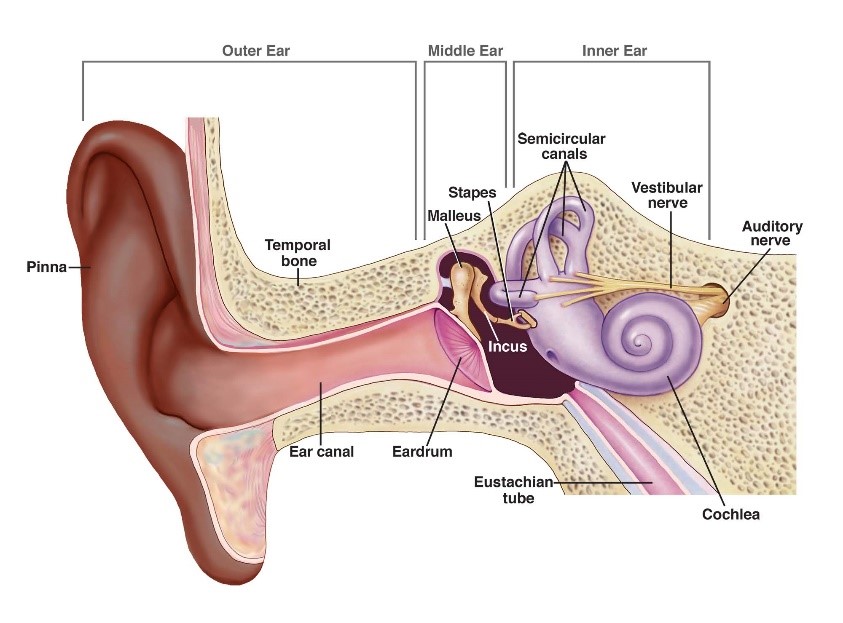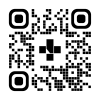Auditory Neuropathy Spectrum Disorder (ANSD)
Information for families

Auditory neuropathy spectrum disorder (ANSD) is a type of hearing loss in which sound does not reach the brain in the normal way. An audiologist (hearing specialist) determines if your baby has ANSD by doing a number of specialized tests that show how the hearing system is working.
With ANSD, sound travels normally through the outer, middle, and inner ear. But it does not travel normally either from the inner ear to the hearing nerve or from the hearing nerve to the brain. This can cause the sound that reaches the brain to be poor quality and difficult to understand.
ANSD is a type of sensorineural hearing loss, which means that sound reaches the inner ear, but a problem in the inner ear, brain, or nerves prevents proper hearing. Learn more about the types of hearing loss in children.
ANSD was previously called auditory neuropathy or auditory dys-synchrony.
Testing for ANSD
Testing for ANSD can be done on babies of all ages. Your baby might have ANSD if the tests show that the middle ear and the inner ear are working, but there is a problem somewhere on the pathway from the inner ear to the brain. Learn more about hearing tests for children.
Effects of ANSD
The effect of ANSD varies from one child to another.
Most children with ANSD have some degree of hearing loss. It is not possible to predict the effects of ANSD on speech and language development until your baby gets a little older. Because of this, your baby’s hearing will need to be checked often.
How your baby actively interacts with sound can be measured when they are older and can participate in behavioural hearing testing (usually about 6 to 9 months of age). This will provide information about how easily your baby hears or doesn’t hear sounds.
ANSD is generally not expected to improve over time. As your baby grows, your audiologist will learn more about your child’s hearing levels and how your child is able to use sounds. Your audiologist will give you updated test results and recommendations at each appointment.
Managing ANSD
You and your baby will meet regularly with different healthcare professionals, including an audiologist, family doctor or pediatrician, ear nose and throat specialist, and speech-language therapist. The team may also include a teacher for the hearing impaired or a social worker.
Through regular hearing tests and information from you about how your baby responds to sounds in their everyday life, the team will offer support and advice for how to help your baby hear, listen, and develop speech and language.
If you have questions or concerns about ANSD or your baby’s hearing, talk with your audiologist.
To see this information online and learn more, visit https://MyHealth.Alberta.ca/health/aftercareinformation/pages/conditions.aspx?hwid=custom.ab_auditory_neuro_disorder_child_inst.

For 24/7 nurse advice and general health information call Health Link at 811.
Current as of: May 16, 2023
Author: Audiology Provincial Professional Practice, Alberta Health Services
This material is not a substitute for the advice of a qualified health professional. This material is intended for general information only and is provided on an "as is", "where is" basis. Although reasonable efforts were made to confirm the accuracy of the information, Alberta Health Services does not make any representation or warranty, express, implied or statutory, as to the accuracy, reliability, completeness, applicability or fitness for a particular purpose of such information. Alberta Health Services expressly disclaims all liability for the use of these materials, and for any claims, actions, demands or suits arising from such use.
